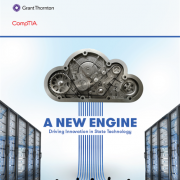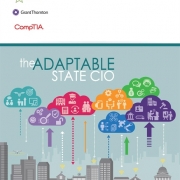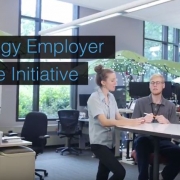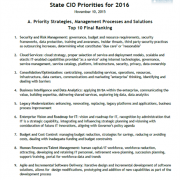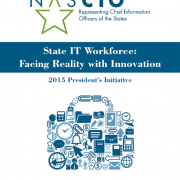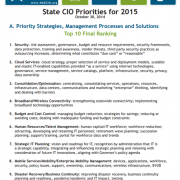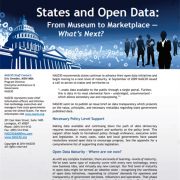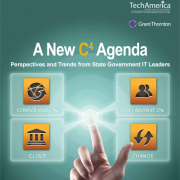State of Washington: Technology Employer of Choice Initiative
NASCIO 2016 State IT Recognition Award Recipient in the category of State CIO Office Special Recognition
Watch the Video
Finding and retaining a cutting-edge technology workforce is the single most important and impactful challenge for the public sector. Moreover, in Washington State, nearly half of the government workforce is eligible to retire within the next five years. For Washington, this challenge is compounded by the fact that state government competes for talent in a region that has some of the biggest technology brand names in the world, including Microsoft, Amazon, Disney, Expedia, Valve, Apple and more.
The state must be able to position itself as a viable competitor of talent in the region so that agencies can hire and retain the technology workforce necessary to do business.Talent competitors have been adapting their workforce strategies to be more competitive. Theyhave aligned their strategies to the needs of the millennial and digital native generations, and state government must do the same. Finding strategies that will work in the public sector means taking risks and piloting new ideas. The state’s consolidated technology agency, Washington Technology Solutions (WaTech), is addressing IT talent management challenges by implementing a diverse set of strategies, including:
Experimenting with self-management (Holacracy)
Piloting physical space changes
Reclassifying state government technology jobs
Hiring for value alignment instead of skills
Finding top talent in innovative ways
Transforming practices in government
Each of these strategies is at a different phase of implementation, but WaTech is already seeing results. By embracing emergent and innovative organizational and recruitment methodologies, WaTech is helping position Washington state government as a technology employer of choice.

